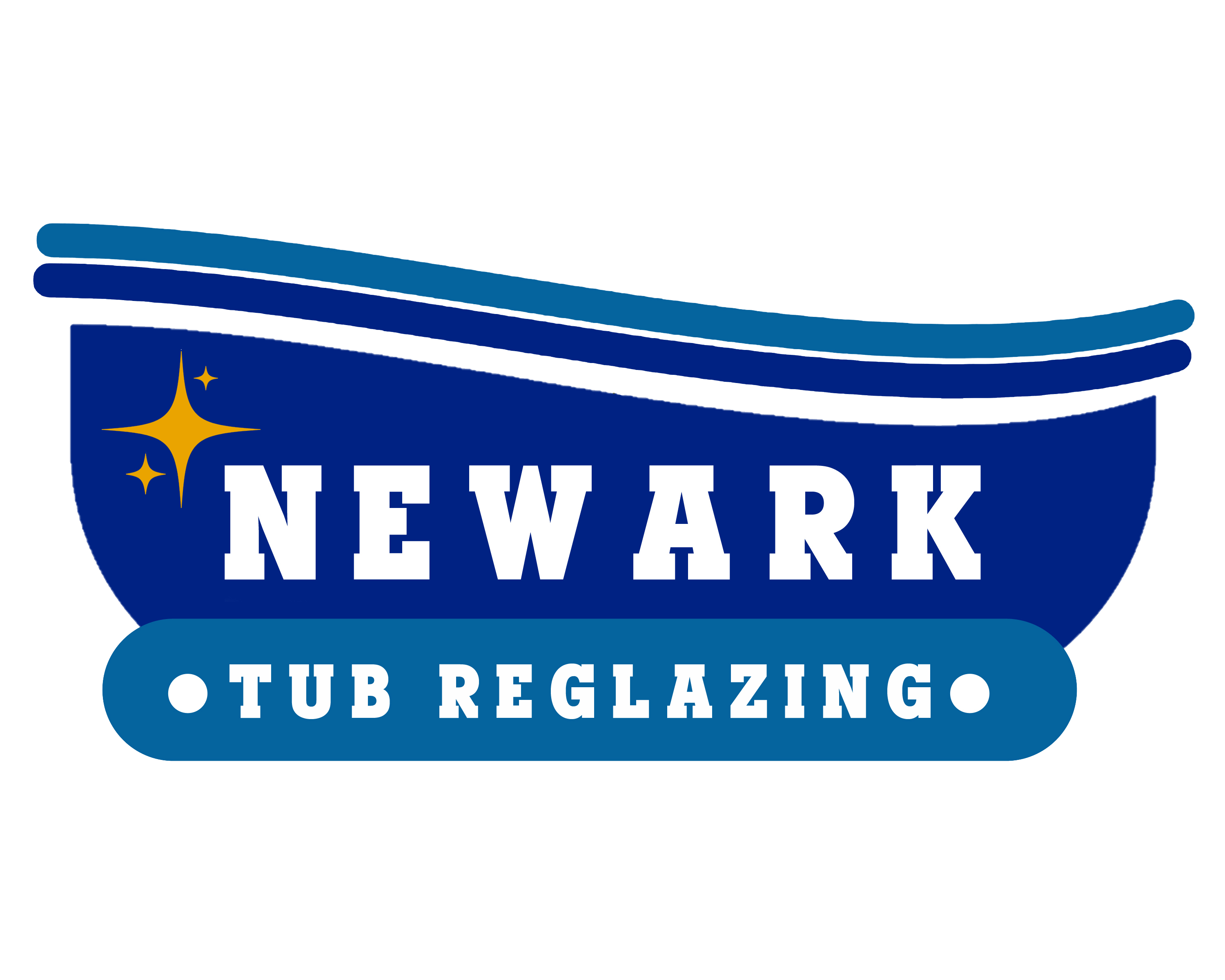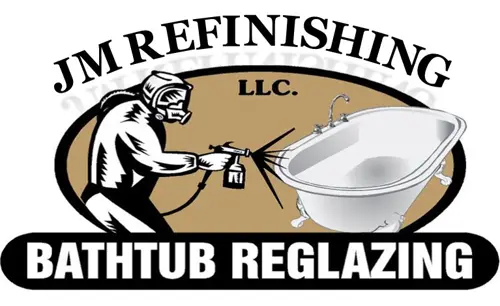When Did This All Begin?
The idea for a Jewish museum came from Joseph Selzer, the Museum’s founder and former board president, who visited the Jewish Museum of Florida, housed in a renovated synagogue from 1936 in Miami Beach. New Jersey, home to the fourth-largest Jewish population in the United States and whose Jewish origins date back to the 17th century, subsequently discovered it lacked a permanent state-wide museum dedicated to preserving and showcasing its Jewish heritage. Mr. Selzer saw this need and organized a group of passionate people to spearhead the creation of a Jewish museum in New Jersey.
How Come New Jersey Needs a Jewish Museum?
The fourth-largest Jewish population in the nation is found in New Jersey, where there are around 500,000 Jews. All 21 of the state’s counties have formal Jewish communities. Jews have consistently contributed significantly to the state. The Museum will dramatically affect the Jewish population in New Jersey. The establishment of The Jewish Museum of New Jersey will provide the region with its first consolidated venue with permanent, changing, and mobile exhibits for the study, preservation, and display of New Jersey’s 400-year Jewish history. Nobody else made such a distinctive and significant effort.
Jewish and non-Jewish children and adults alike will gain from the Museum’s initiatives and talks on diversity and tolerance, as well as from its historical tours of “old Jewish Newark” and interfaith initiatives with nearby mosques and churches. The Museum will also significantly contribute to the resurgence of the state’s biggest city, the area where it is located, and the 100-year-old Ahavas Sholom congregation.
The Newark Museum, the Newark Public Library, the NJ Historical Society, the Newark History Society, Prudential Center, and New Jersey Performing Arts Center will be a fascinating addition to the city’s cultural landscape.
Establishing a comprehensive Jewish museum for the state of New Jersey is a much-anticipated and positive step for the Jewish community there.
Why do they want to open a museum?
The museum features include a modest library and media center, an office, a gift shop, and space for permanent, changing, and visiting exhibits. Presentations at the Museum will employ images, paintings, panel displays, artifacts, text, music, and other multi-media to explore issues that speak to Jewish people in New Jersey. Jewish immigrants to the state, the Jewish community of Newark, the history of Sephardim in New Jersey, Jewish farmers in South Jersey, the contribution of NJ Jews to the civil rights movement, Jewish movie moguls in NJ, and well-known Jewish resorts like Bradley Beach, Lakewood, and Mount Freedom may be the focus of exhibits.
Additionally, the JMNJ will accomplish a broader goal by creating educational and cultural initiatives that foster improved understanding amongst people of all racial and religious backgrounds. Interacting with other organizations will promote meaningful discussions and activities about religious beliefs, social justice, discrimination, and cultural diversity.
Additionally, it will establish partnerships and provide age-appropriate programs for youngsters in public, private, and parochial schools.
The Museum has a fantastic chance to develop itself as the first center for studying tolerance in New Jersey since it is situated in a city with a diverse population of ethnic and religious groupings.
Why is Newark’s ahavas Sholom housing the museum?
Congregation Ahavas Sholom offers a unique tale of survival in a community with few remaining Jews, having just celebrated its centennial milestone last year. The synagogue has undergone a renaissance in the previous 15 years, welcoming more than 300 members, some of whom are from Iran, Sudan, Brazil, and Peru. The sanctuary, decorated with a fabulous wooden carved Holy Ark (the oldest in the state), will be a significant Museum exhibit and a superb representation of what a tiny orthodox synagogue formerly looked like.
The synagogue’s exterior was recently repaired, an elevator was erected, and a ramp for the disabled was finished. Funds are now being gathered for the interior repairs. Newark’s only existing synagogue also serves as the last access point to the city’s once-vibrant Jewish community. At one point, more than 50 synagogues and 70,000 Jews were living there. Judaism in New Jersey is said to have originated in this city.
Information on Previous Shows and Events From Novosibirsk to New Jersey: Vladimir Ginzburg’s Photographs of Synagogues Around the World – (March to May 2011)
an exhibition of paintings and collages shows the artist’s perception of synagogues in Europe and New Jersey. This show has more than twenty paintings in addition to collages. Every one of them illustrates a different temple. Roughly half of them will highlight temples in nations such as the Czech Republic, Latvia, Romania, Russia, Ukraine, and others in Eastern Europe.
The remaining portion of the display will focus on synagogues in Jersey City, Newark, Paterson, Trenton, and other towns and cities around New Jersey. The very nomadic lifestyle that Ginzburg led is reflected in the show. He claims that he is Russian and was born there. “The program offers a sense of continuity and connection in some form or another. It’s an effort to establish a connection between where I was raised and the area where I now call home.”
Reuniting the Tribes of Yisrael After Exile – (September 2010 to January 2011)
an exhibition including the work of prominent artists Jahheal Massac, Phillip DeLoatch, and Mansa K. Mussa, including paintings, sculptures, drawings, and photography. According to Max Herman, President of the Museum, “The purpose of this exhibition is to display art and artifacts that are strong and emotional.” [Citation needed] “But in addition to that, it will broaden many tourists’ perspectives on who Jews Tough Times, Easy Gains: Michael Lenson’s Art (Oct. to Dec. 2009) what it means to be Jewish. They anticipate that visitors to this exhibition will experience new feelings and have their eyes opened.”
Photos by Eliyahu Lotzar on display at “Signs and Wonders,” a gallery show (April to June 2010)
After thirty years of practice and education in the field, Mr. Lotzar presented his first show in this medium. A native of Chatham, the worldwide photographer is also a citizen of Israel and the United States of America. He devoted most of the previous 15 years of his life to living and working in Israel. He draws the observer into a feeling of the tranquility and playfulness of the present moment by using daily scenes and natural marvels as his subject matter. Lothar claims that his work is influenced by years of profound spiritual dedication to the message “Be Here Now” and the study of yoga and the Kabbalah. He also states that these things inform his creative process.
Hard Times, Good Times: The Art of Michael Lenson – (Oct. to Dec. 2009)
The varied paintings of Michael Lenson were shown here in Newark for the first time. The pictures came from the family collection of Michael Lenson’s son, Barry Lenson. Who’s Who in America bestowed upon him the title of “New Jersey’s most prominent muralist” in the year 1999. As head of the WPA Public Art Projects in New Jersey, he oversaw the painting of murals at Newark City Hall, Weequahic High School, and a variety of other locations, as well as the painting of the mural that was shown at the New Jersey Pavilion at the World’s Fair in 1939. Their workshop was located on Halsey Street in Newark, New Jersey. His body of work has been categorized as “between surrealism and expressionism,” according to several critics. “He felt art should have a human purpose,” his son Barry said, “He was a firm believer in it.” In addition, Lenson contributed to ‘The Realm of Art,’ a weekly art critique piece published in The Newark Sunday News. 1971 was the year he finally left them. At the show’s opening, Barry and his brother David both gave speeches about their respective fathers.
A 501(c)(3) non-profit company called THE JEWISH MUSEUM OF NEW JERSEY was established in New Jersey in 2003. The Museum is located in Newark’s oldest continuously operating synagogue, Congregation Ahavas Sholom, a state and national historic site.
You may reach them at (973) 485-8609 or via their website.

